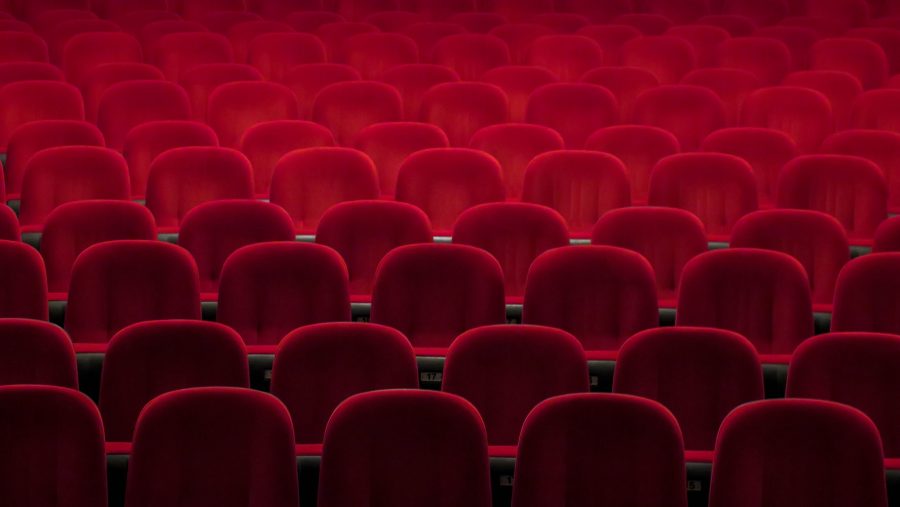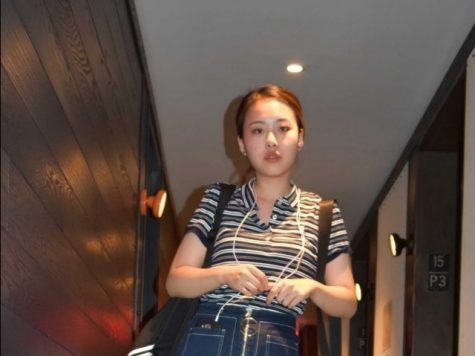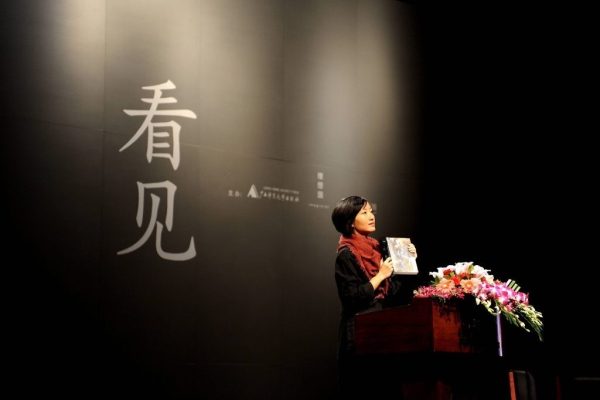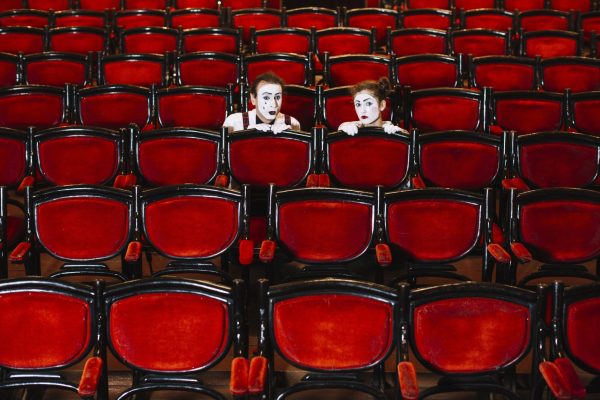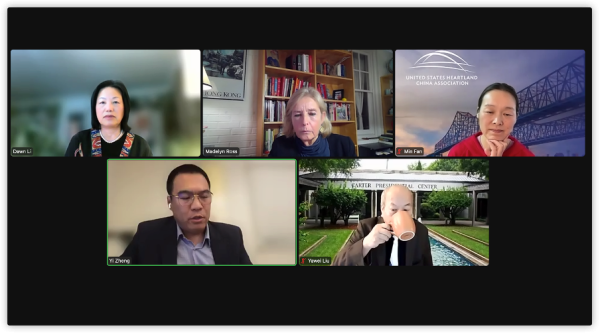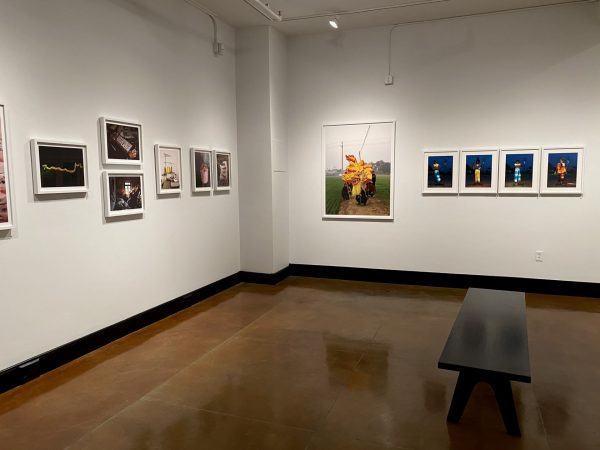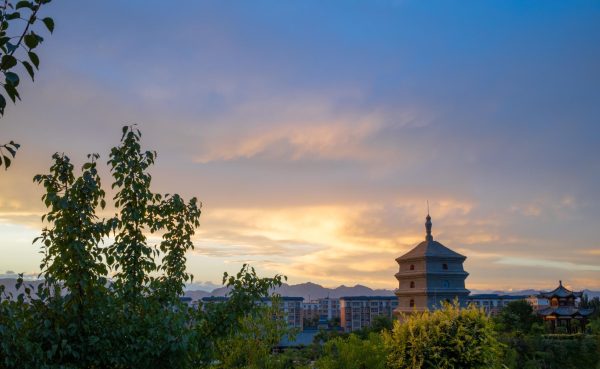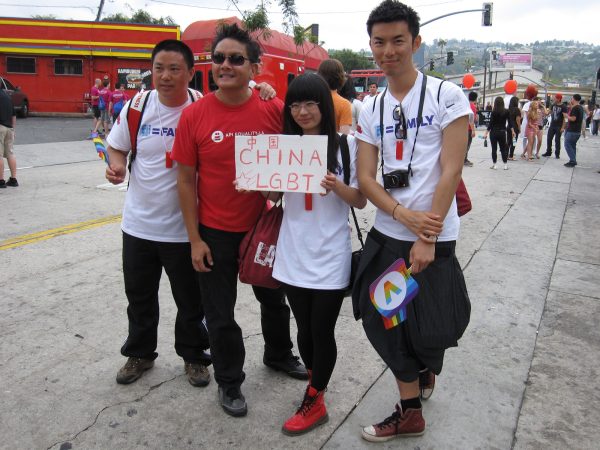My first movie experience in China amid the coronavirus pandemic
August 11, 2020
There are signs that the coronavirus in China is on the wane, and one of them is that cinemas in low risk areas reopened in the fourth week of July, with plenty of precautions.
Cinemas in China had been temporarily closed since Jan. 24 after the virus hit the country. Just like schools, workplaces, restaurants and so on, they were “paused.” However, as the COVID-19 situation in China improves, we can see people who exercise outdoors gradually taking off their masks, students picking up their school bags, and workers returning to their offices. Supermarkets, shopping malls, restaurants, etc. are following their normal routine again. This time around, it was exciting news for film-lovers because cinemas were reopening.
According to the China Film Administration, the cinemas should be equipped with temperature measurement facilities and special personnel should be on duty. Audience information and body temperature should be registered and checked for safety. Those who do not wear a mask or whose body temperature is above 99.14 degrees Fahrenheit (around 37.3 degrees Celsius) will not be granted entry. Hand sanitizers should be available at the cinema entrance, and employees and customers should ensure to clean their hands.
All tickets are sold online with real-name reservations. Tickets are sold beforehand to ensure that there is at least one meter between strangers, and that the cinema occupancy does not exceed 30% (starting from Aug. 14, it will be increased to 50%).
Staff and audience members who enter the theater must wear masks the whole time. Eating and drinking is prohibited inside the theater.
Cinemas should cut the daily number of screenings in half from what it was before. Movies should not last more than two hours (starting from Aug. 14, the viewing time will not be limited). The theater should be fully cleaned and disinfected several times a day. Different shows should be arranged to avoid crowds.
A few days later, I bought a ticket on my phone for the movie “A First Farewell.” I could barely wait to see my first movie in 2020. I used an app called Taopiaopiao to get my ticket. I noticed that people would not be sitting close to me and that some seats were locked and could not be purchased. Maybe it was because it was a weekday, but there were only five people watching the movie with me.

So, I went to the movie theater. Before I could print my ticket, a staffer took my body temperature, checked it on a form, and politely asked me to write down my name, phone number and the movie I was seeing. She wore a face mask and a pair of gloves.

Although an employee was handing out tickets at the counter, I chose the self-service ticket machine. As I looked around, I saw the leather sofas in the lobby were all empty. Before the pandemic, even if I came on weekdays, there were always a lot of people sitting there.
About 10 minutes before the movie, I noticed that no one was lining up to check their tickets, as they usually do. There was only one employee, who wore a mask and a pair of gloves.
My seat was in the last row, which was good because I was the only person in the entire row. The others were sitting in the front few rows. I wasn’t too worried about getting infected because of the sheer distance between us, but I still didn’t take off my mask. I didn’t want to risk it.
I watched the entire movie with a mask. No popcorn and no beverages, which I didn’t mind, frankly. Wearing a mask for two consecutive hours was okay too. But the feeling of my breath hitting the mask kept reminding me that coronavirus is still out there, threatening our lives. When can we return to normal?
About halfway through the movie, I saw a staff member (also wearing a mask and gloves) walk in. She was checking to see if we were still wearing masks. I was happy to see her checking. Even if there were only six people in the theater, that meant six people were together in a confined space for two hours.
When the movie ended, I waited until everyone left. While I was waiting for the others to leave, someone in the front row looked back to see if I was leaving. I nodded to them and they nodded back before getting up and leaving.
When I was about to walk out of the theater, I saw a poster on the wall that recorded the daily disinfection records. It recorded whether this theater was disinfected and cleaned after each movie. I noticed a cleaning lady at the door. She waited patiently for me to leave. She also wore a mask and gloves and she was holding some cleaning and disinfection supplies.
Before the pandemic, every time I went to a cinema, I always got the free brochure about new movies coming out that month. This time I didn’t get one. This was my first movie experience in 2020, and it was different.
When I browsed reviews of the movie several days later, I noticed a hashtag: “The first movie in 2020.” Some of the reviews were about how people were excited about their first movie in 2020, while other reviews focused more on the movie itself. Additionally, loads of people wrote things like, “I felt so lucky to be able to go to see my first movie in 2020 with people I love.”

